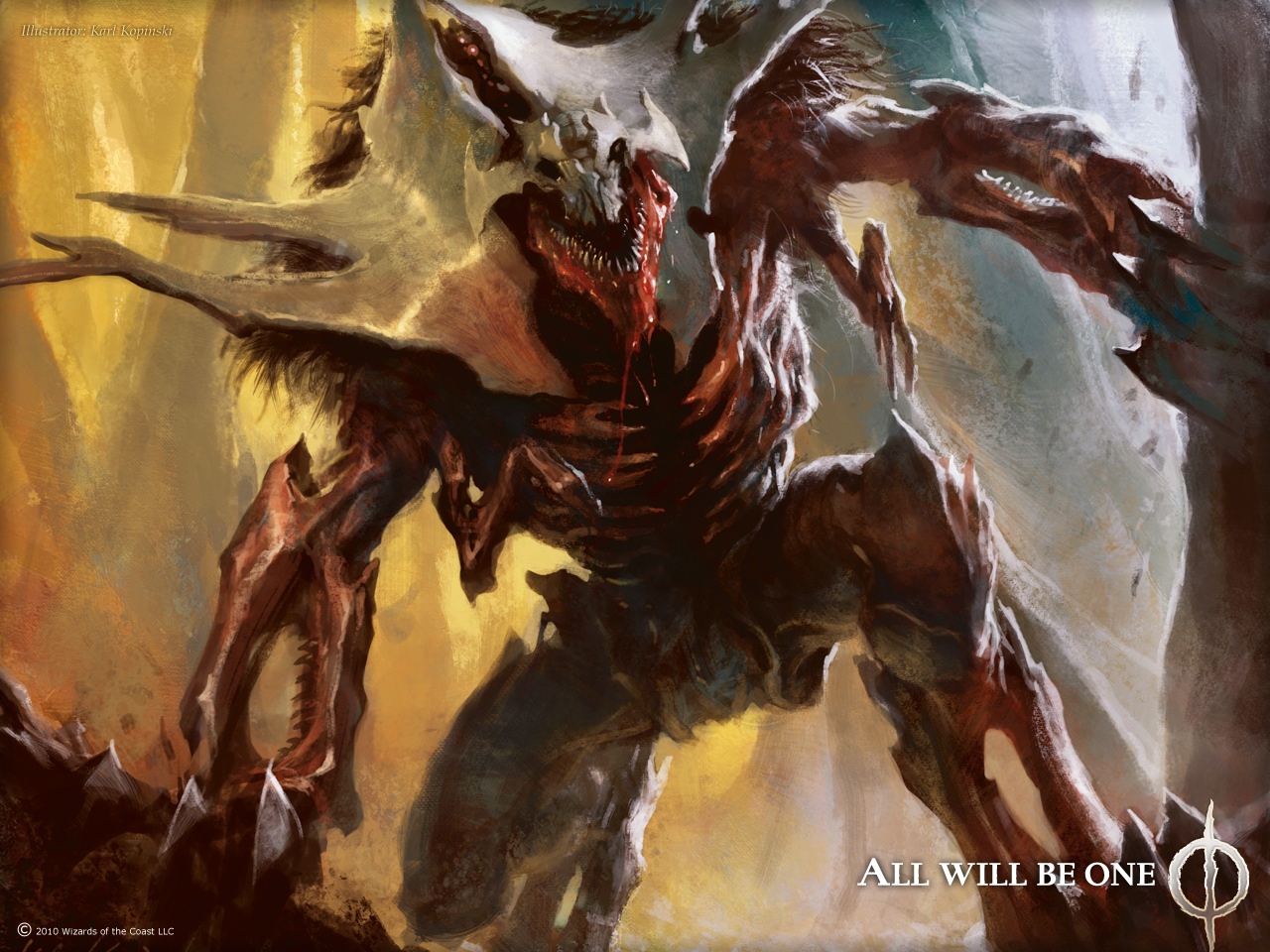

Cheap Tricks #13 | Sonic the Hedgehog Effects.CHEAP TRICKS #14 | Pixar’s Onward Half Dad Effect.Getting Started with Lens Distortion Matcher.Getting Started with C4D File Import in Red Giant Complete.3D Normalization in After Effects + Free Script!.CHEAP TRICKS #15 | What’s Kraken? Fractured Ice Surface Tutorial.Independence Day VFX but with Dinosaurs Tutorial.Getting Started With PluralEyes 4 in DaVinci Resolve.UNIVERSE 3.3 | Getting Started with Glow.Getting Started with Universe Chromatic Aberration.Getting Started with Universe Hacker Text.CHEAP TRICKS #16 | Bill and Ted's VFXcellent Adventure.


Their exact life span depends on their size, with bigger stars burning out faster than their smaller counterparts.īut as light from distant objects millions of light-years away takes a long time to reach us here on Earth, the largest of stars shine for hundreds of millions of years after they die. While stars emit energy for years, it’s important to note that they don’t shine for eternity. The Sun has about 5,000 million more years before it reaches its red giant stage, but when that happens, it will likely expand to the point where it swallows up the Earth. Stars similar to the size of the Sun will grow, cool down, and eventually transform into a red giant. However, when its hydrogen stores are depleted, some stars are able to fuse helium or even heavier elements. In a star’s early stages, it’s powered by hydrogen. Proxima Centauri, as the Latin name indicates, is the closest of the three to Earth and has an Earth-sized planet in its habitable zone.


 0 kommentar(er)
0 kommentar(er)
